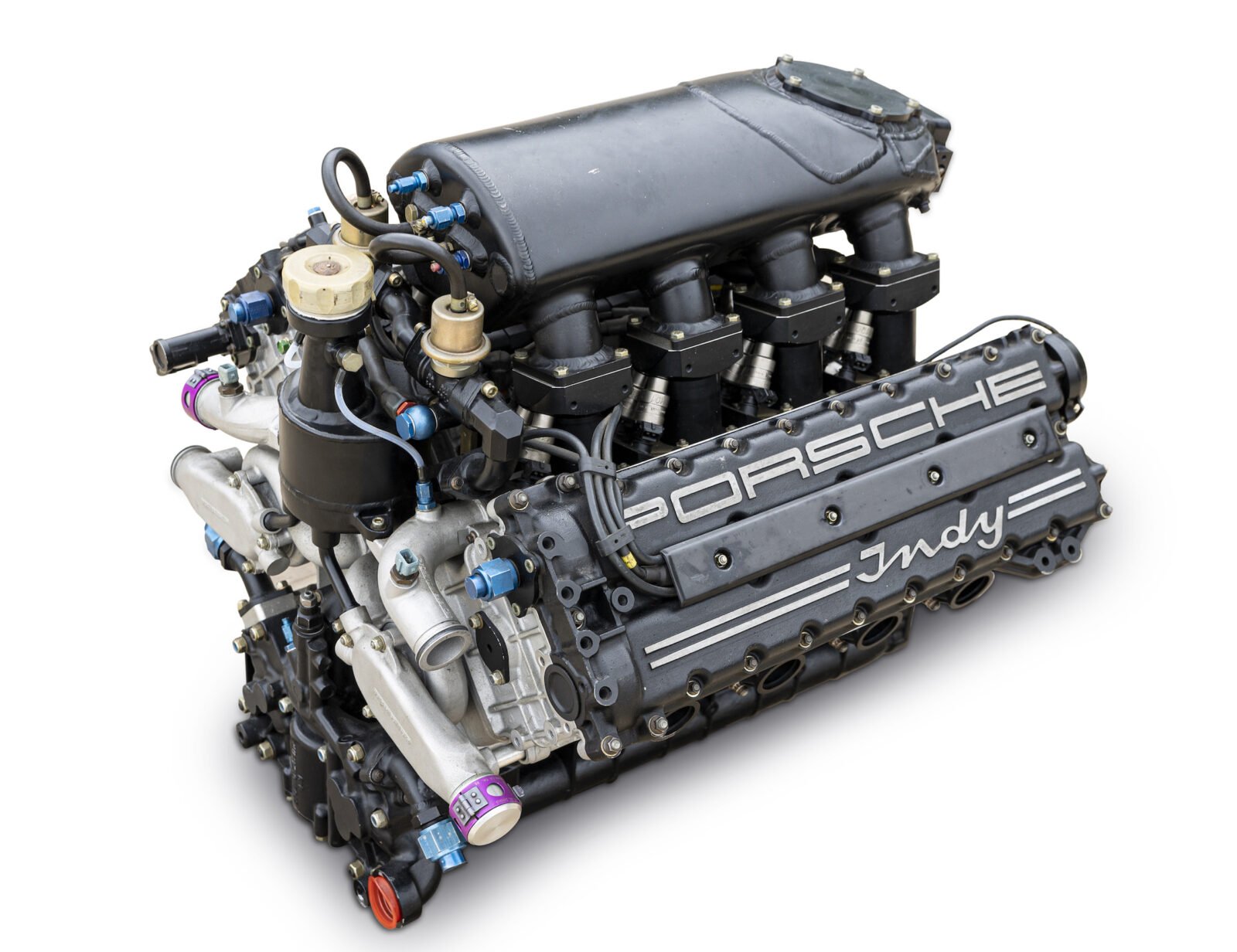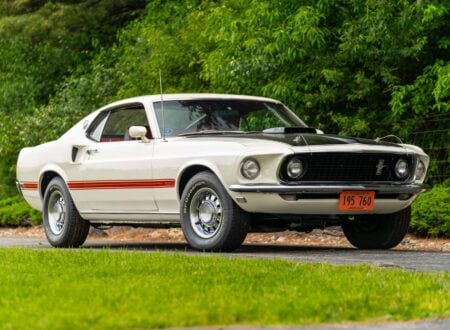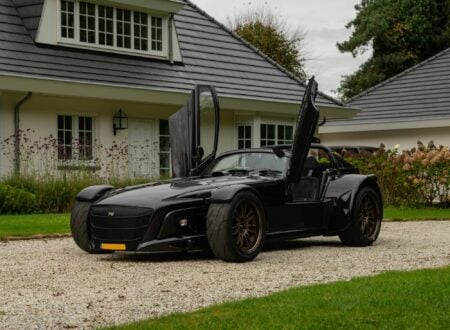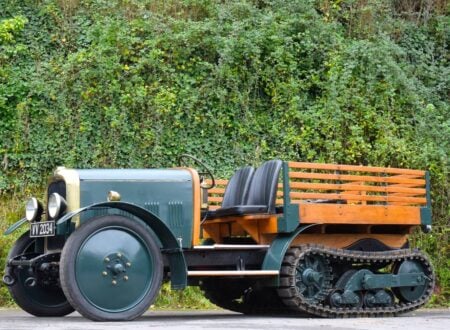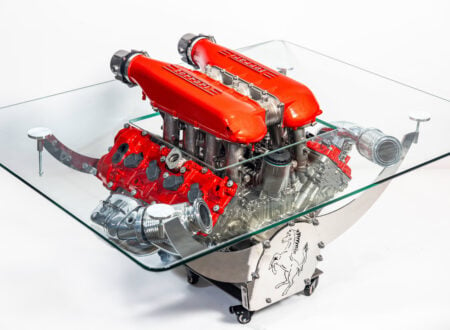This is an original Porsche Type 2708 (9M0) Indy V8 engine, it’s one of the lesser-known engine designs from Porsche engineering legend Hans Mezger, and it was said to be capable of 800 bhp despite a displacement of just 2.65 liters.
The Type 2708 engine was developed by Porsche specifically to compete in CART Indy car racing in the United States – the premier open-wheel series in the country best known for the annual Indianapolis 500 race.
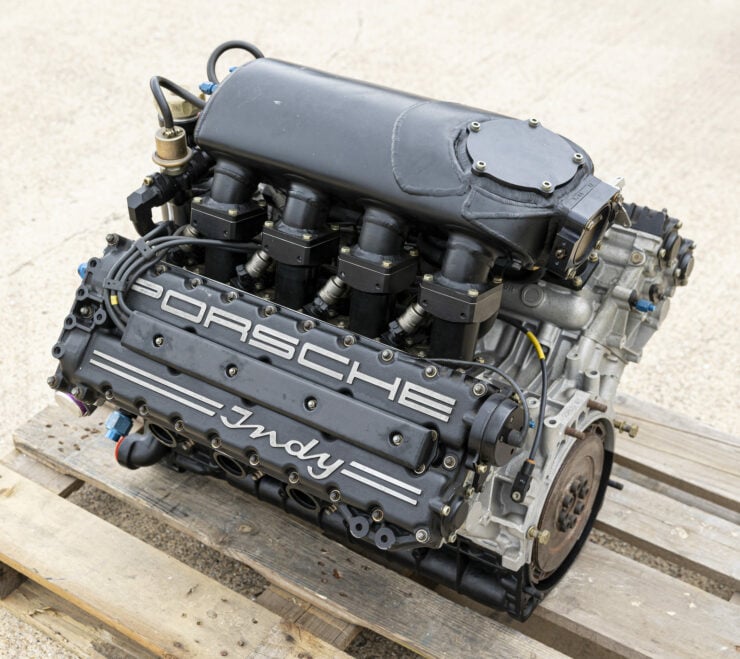

The engine was developed alongside the Porsche 2708, an open-wheel racing car designed to take part in CART racing. The design was advanced for the time, with a monocoque chassis made from a blend of molded aluminum and carbon composite.
There was a flurry of excitement around the Porsche 2708, which would take part in the last two races of the 1987 CART season for development purposes, before making a concerted effort to with the CART championship the following year in 1988.
The two races would be a disaster for Porsche and their Cart ambitions. The car would suffer a mechanical failure in the first race and it would fail to even qualify for the second and final race of the season.
Porsche Motorsport management knew they were in trouble, and the entire program around the Porsche 2708 chassis ended up being cancelled. They kept the engine, however, as it was showing promise.
Above Video:This 30 minute documentary covers the Porsche 2708 project that was overseen by Norbert Singer.
The Germans are a notoriously logical people, and so Porsche opted to have a chassis supplied for them by March Engineering – the British company that had built the chassis that had won the CART championship in 1986 and 1987. They were also five-time Indy 500 winners.
The March chassis was modified for the Porsche 2708 engine (known as the 9M0), and they went racing in 1988 alongside an original Porsche 2708 chassis also powered by a Porsche 2708 engine to run the cars in parallel and see if there was anyway to revive the 2708 car. As it turned out, there wasn’t.
The Porsche chassis was well off the pace of both the March and Lola chassis-based cars and it was soon mothballed. Porsche focused their attention on the Porsche-powered March, known as the March-Porsche 89 P, though it would never be truly competitive – never winning a race, claiming a pole position, or setting a fastest lap.
The ultimate failure of the Porsche 2708 program was a shame, as the engine was widely considered to be a jewel. Hans Mezger and his team had developed a Cart regulations-compliant, methanol-fuelled turbocharged 90º V8 that was said to be capable of over 800 bhp at 11,200 rpm, with a red line of 11,800 rpm, and torque output of 342 lb ft at 8,500 rpm.
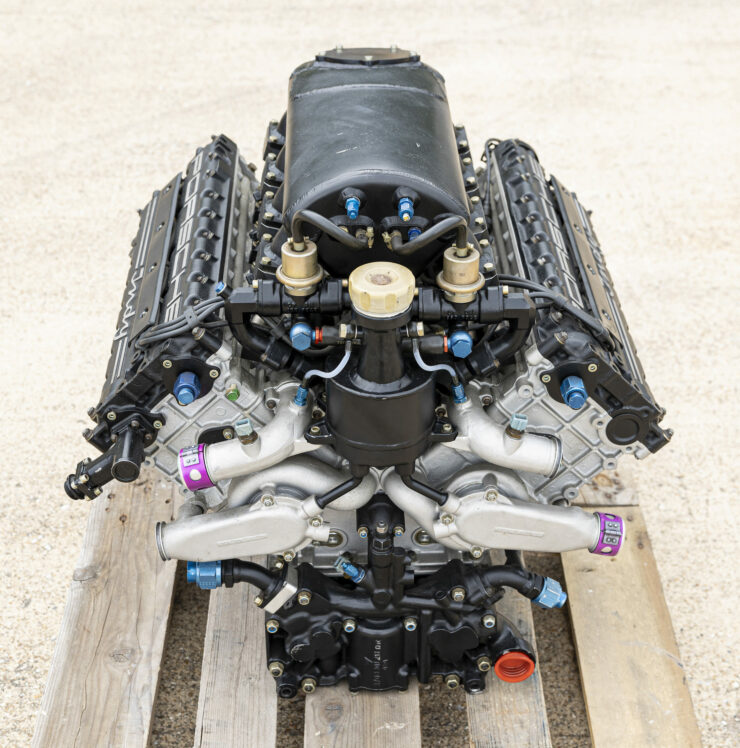

The engine has double overhead cams per bank, four valves per cylinder (32 valves in total), and a displacement of 2,649cc or 2.7 liters. The model name of the car was taken from the engine, combining the rounded up displacement of 2700cc with the number of cylinders – 2708.
The engine you see here is an earlier Porsche 2708 engine that was developed for the Indy Car World Series entry in 1987. The engine is numbered 2708/05, implying that it’s just the fifth example that was made, not including prototypes.
The engine is now due to be sold by RM Sotheby’s in Monterey in mid-August with a price guide of $80,000 – $100,000 USD. It’s worth noting that it doesn’t come with its original turbocharger, it’s being offered with no reserve, and you can visit the listing here.
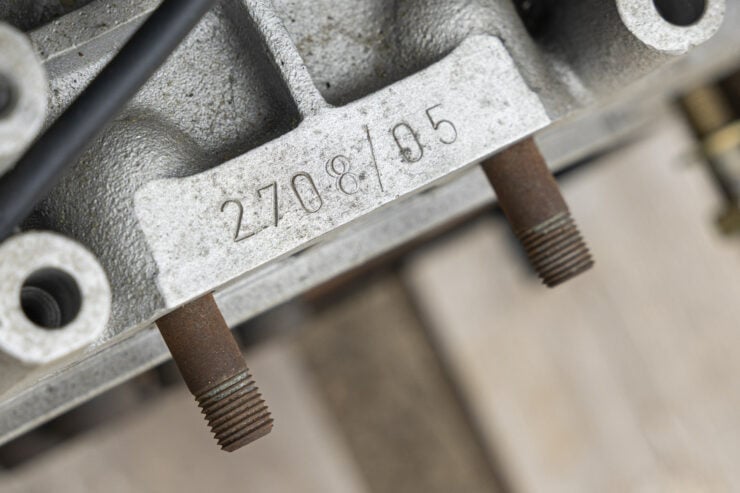
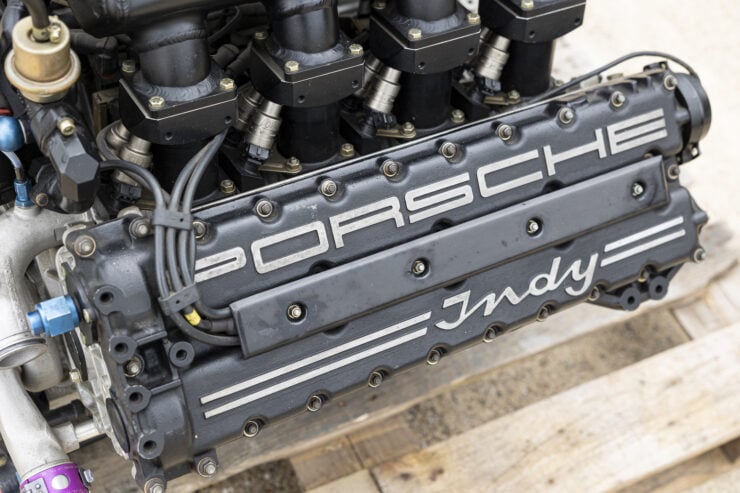
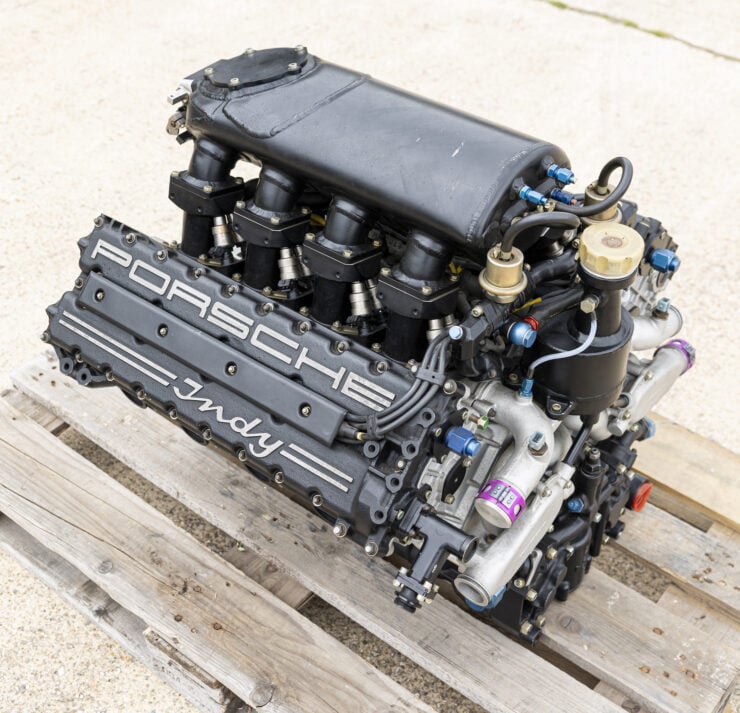
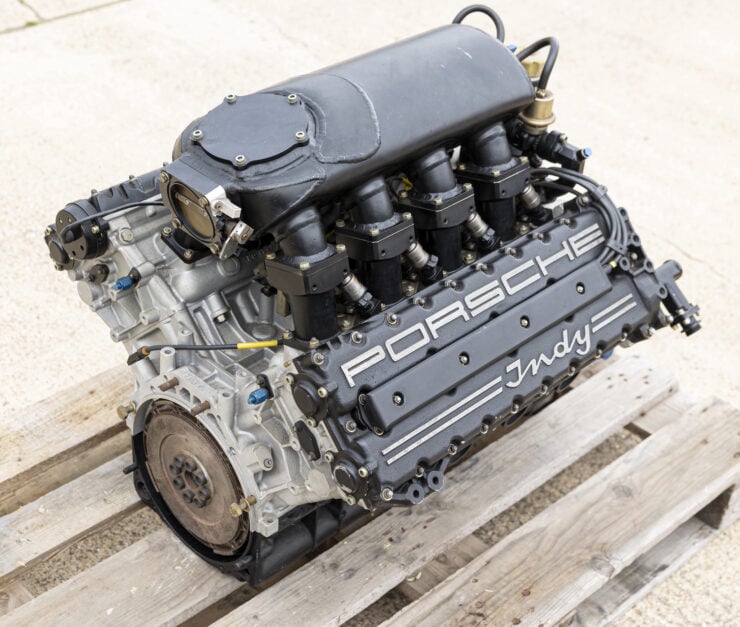
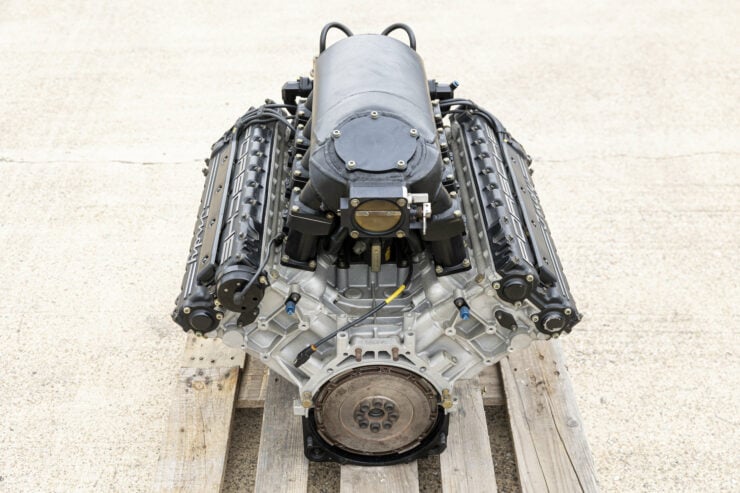
Images: Simon Clay ©2023 Courtesy of RM Sotheby’s

